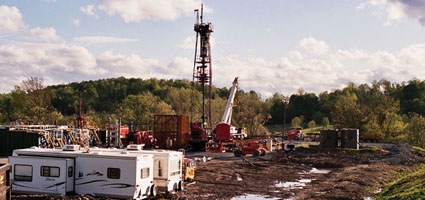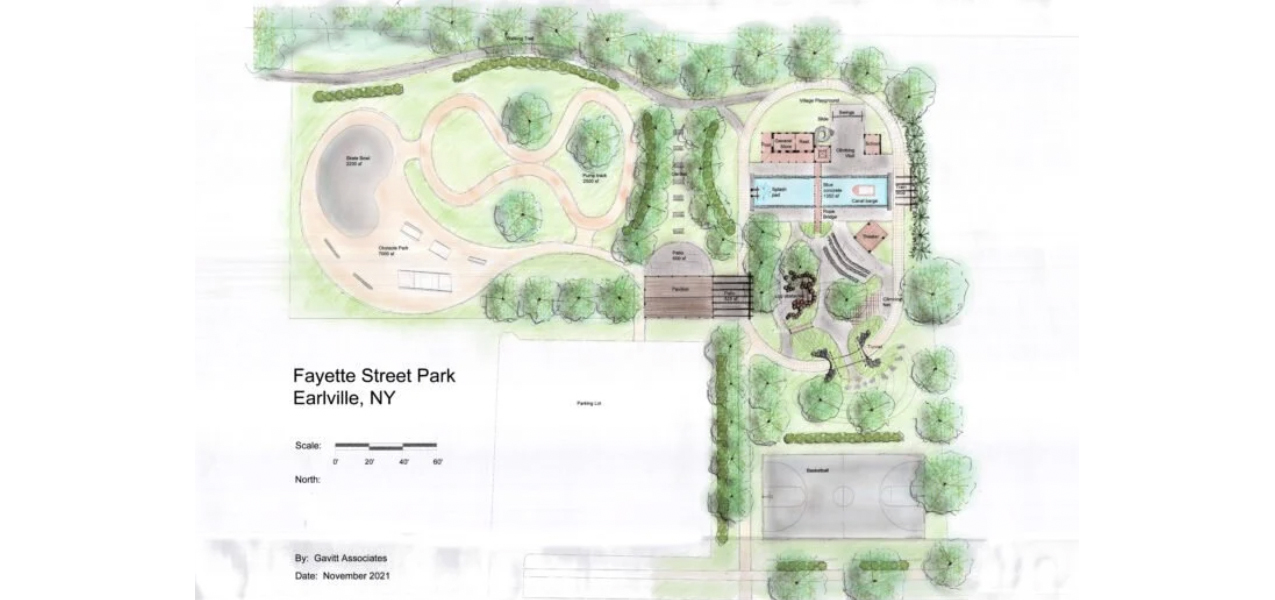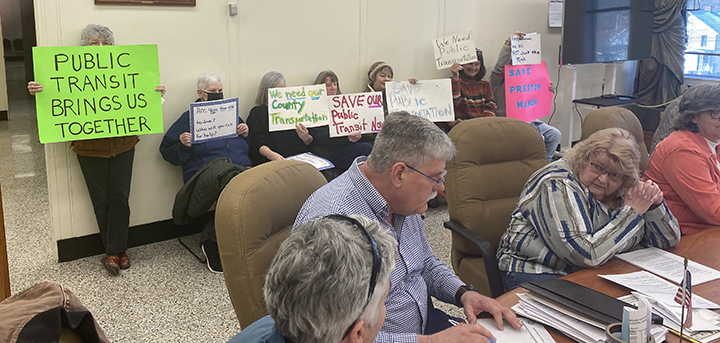New York may ban gas drilling in watersheds, state land
ALBANY – New York environmental officials have proposed a ban on drilling for natural gas with hydraulic fracturing in the New York City and Syracuse watersheds and on all state-owned lands while permitting it on private land only under “rigorous and effective controls” codified into state law.
The hydraulic fracturing process extracts natural gas from shale by pumping water, chemicals and sand into the ground to create fissures in the rock and release the gas.
The Department of Environmental Conservation released details of major revisions Thursday afternoon, and will give its recommendations to Gov. Andrew Cuomo today, the same day an executive order prohibiting “hydrofracking” expires.
“This report strikes the right balance between protecting our environment, watersheds and drinking water and promoting economic development,” DEC Commissioner Joe Martens said in a prepared statement yesterday.
He said the areas that would be off-limits to drilling comprise about 15 percent of New York’s part of the Marcellus Shale, a natural gas-rich rock formation that also underlies parts of Pennsylvania, Ohio and West Virginia.
The DEC’s supplemental environmental study and revised draft recommendations will be subject to further public comment and revisions, a process likely to take months during which there will be no hydraulic fracturing.
An 800-page draft version of the study released in 2009 drew more than 13,000 comments. The 2011 version is more than 900 pages long and includes about 150 more pages of data and analysis than the 2009 report. Among the major changes are:











Comments